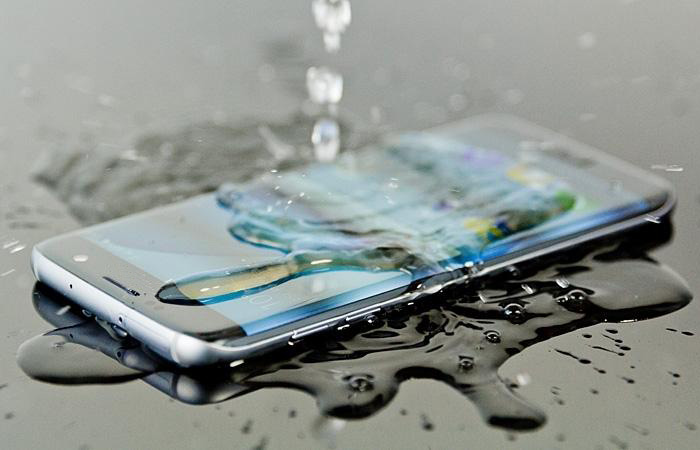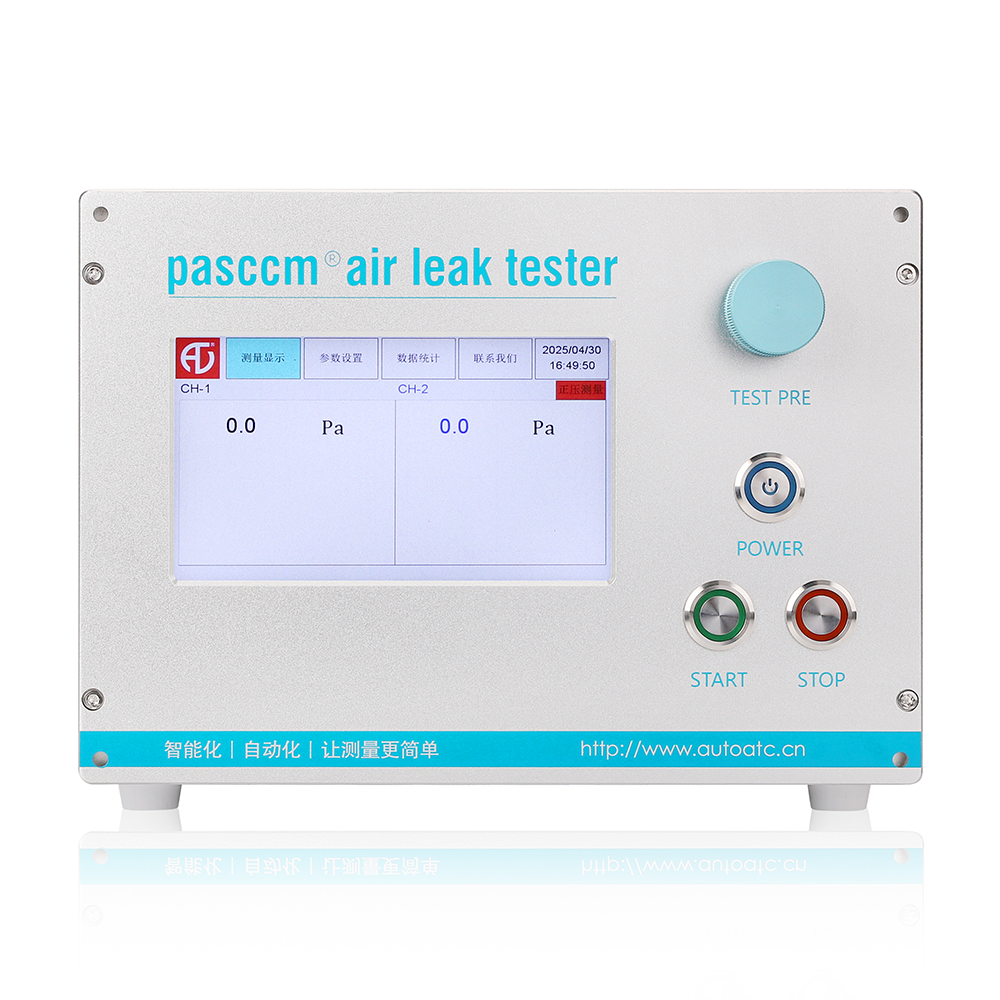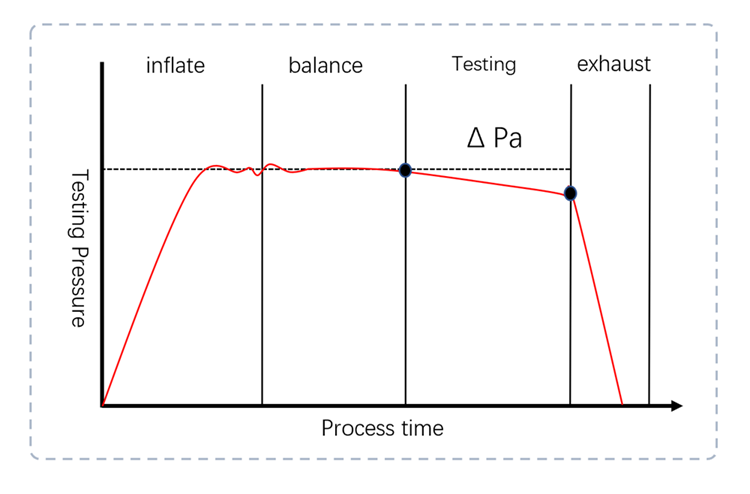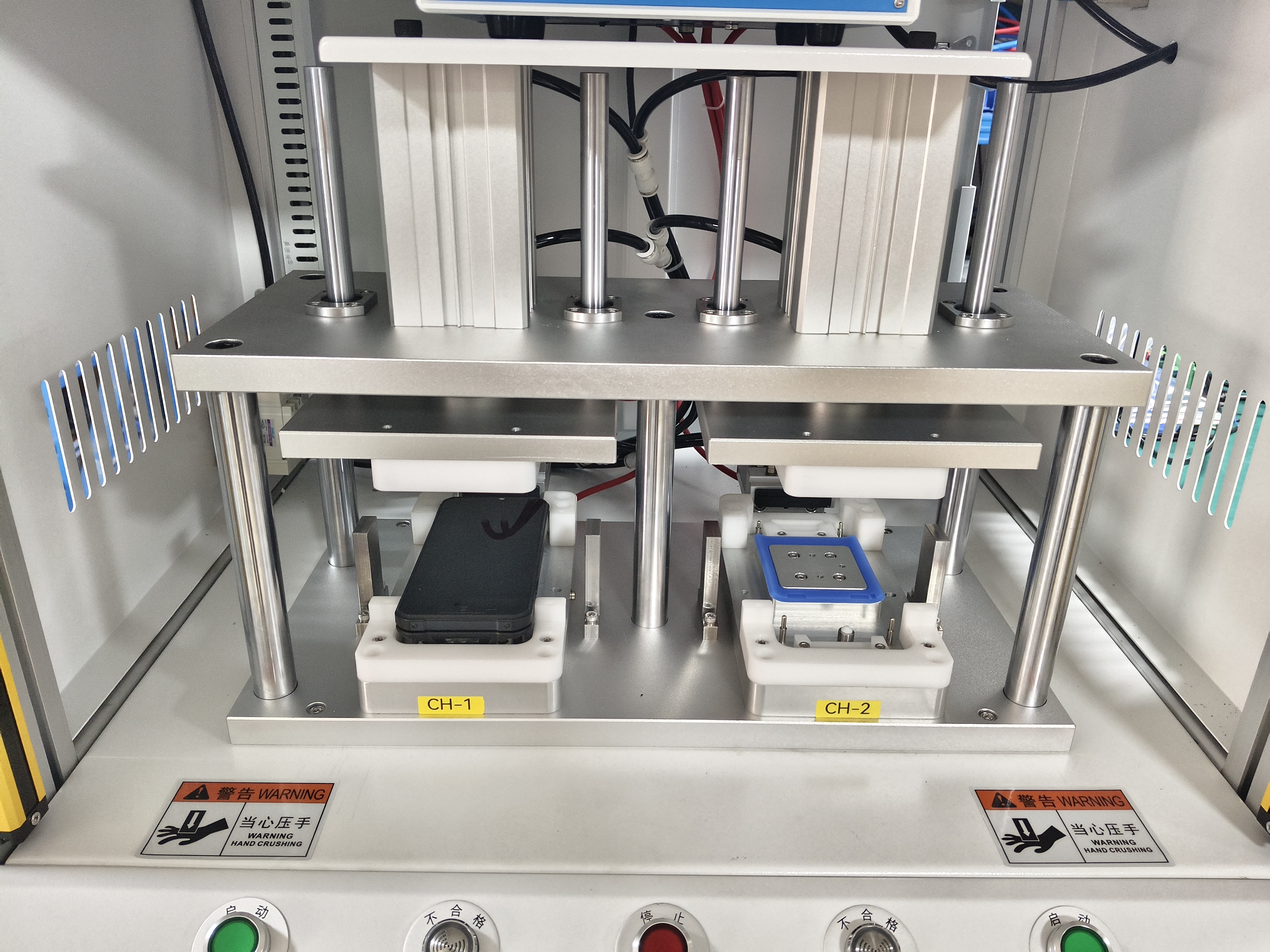
With the continuous upgrading of smartphones, waterproofing has gradually changed from a "special high-end feature" to a "standard feature," with major mobile phone manufacturers adding waterproofing functionality to their branded phones. But do you know how the waterproofing performance of your waterproof phone is defined? And how are they tested?
The waterproof performance of smartphones is usually expressed by IP protection rating. IP protection rating is the level of protection against the intrusion of foreign objects into the enclosure of electrical equipment. It is derived from the International Electrotechnical Commission standard IEC60529. The IP-XX rating consists of two digits, with the first digit indicating dust resistance and the second digit indicating water resistance.
IP Rating Level Description
|
Dustproof Rating (First Number) |
Waterproof Rating (Second Number) |
||
| First Number |
Rating Range & Description |
Second Number |
Rating Range & Description |
| 0 |
No protective requirements |
0 |
No protective requirements. |
| 1 |
Prevent solid particles with a diameter of 50mm from
entering. |
1 |
Water droplet protection: vertical dripping. |
| 2 |
Prevent solid particles with a diameter of 12.5mm from
entering. |
2 |
Water droplets do not damage the casing when tilted at
15°. |
| 3 |
Prevent solid particles with a diameter of 2.5mm from
entering. |
3 |
Rainproof: Undamaged by rain splashes at 60°. |
| 4 |
Prevent solid particles with a diameter of 1mm from entering. |
4 |
Water splash protection: No damage from water spraying
in all directions; 180° oscillating hose for rain protection. |
| 5 |
The amount of dust that enters must not cause damage
to the product. |
5 |
Water spray protection: No damage from water spray in
all directions 6.3mm water hose. |
| 6 |
Prevent dust from entering at a pressure of 20 mbar |
6 |
Anti-strong spray: 12.5mm water hose undamaged by
strong spray from all directions. |
| \ | \ | 7 |
No damage after being submerged in 1 meter and a half
hours. |
| \ | \ | 8 |
Submersion in water deeper than 1 meter for an
extended period of time. |
| \ | \ | 9 |
High temperature and high pressure water spray. |
According to IP protection rating regulations, a mobile phone with an IPX7 waterproof rating must be able to withstand being completely submerged in 1 meter of water for at least 30 minutes without damage.
Air Leak Tester for Smartphone
If you want to test the waterproof performance of smartphones, simply dropping them one by one into water is too conspicuous and inefficient. That's where the PASCCM air leak tester comes in. The principle of the airtightness tester is to inject gas at a specified pressure into the workpiece being tested. After the gas reaches equilibrium and stabilizes, the pressure drop inside the workpiece is detected, and the pressure drop value is used to determine whether the tested product is qualified.

Based on the protection level of the smartphone, we can calculate the pressure required for the airtightness test; 1 meter of water depth is approximately equal to 10 kPa of pressure.
Smartphone airtightness testing typically involves four steps;
First, Place the product to be tested into a custom-made sealing fixture;
Second, Initiate the test by introducing gas at the specified pressure into the product;
Third, Equilibrium time, waiting for the injected gas to stabilize;
Fourth, Testing time, detecting pressure leakage, and determining whether the product is qualified;

Smartphones often need to undergo more than one air tightness test. Both semi-finished and finished products need to be tested for air tightness. Semi-finished products, such as the phone's frame and casing, can be tested using the ATC200 series air leak tester, while finished products can be tested using the ATC600 series air leak tester.




